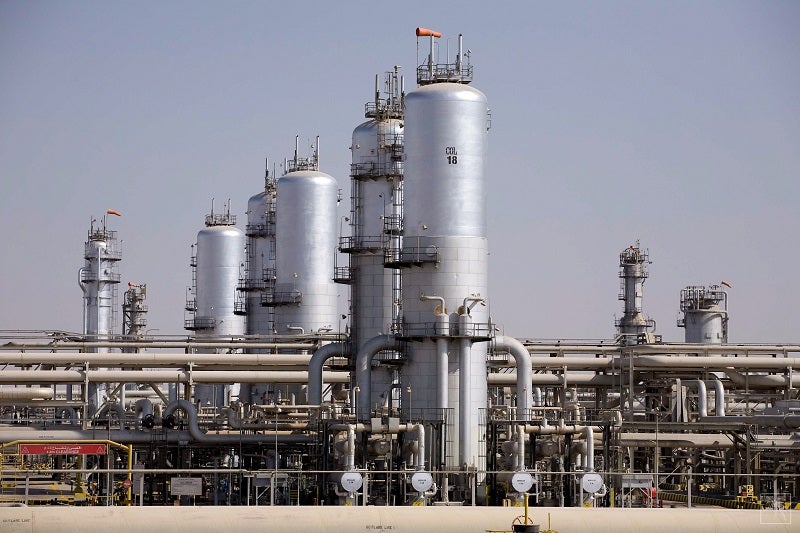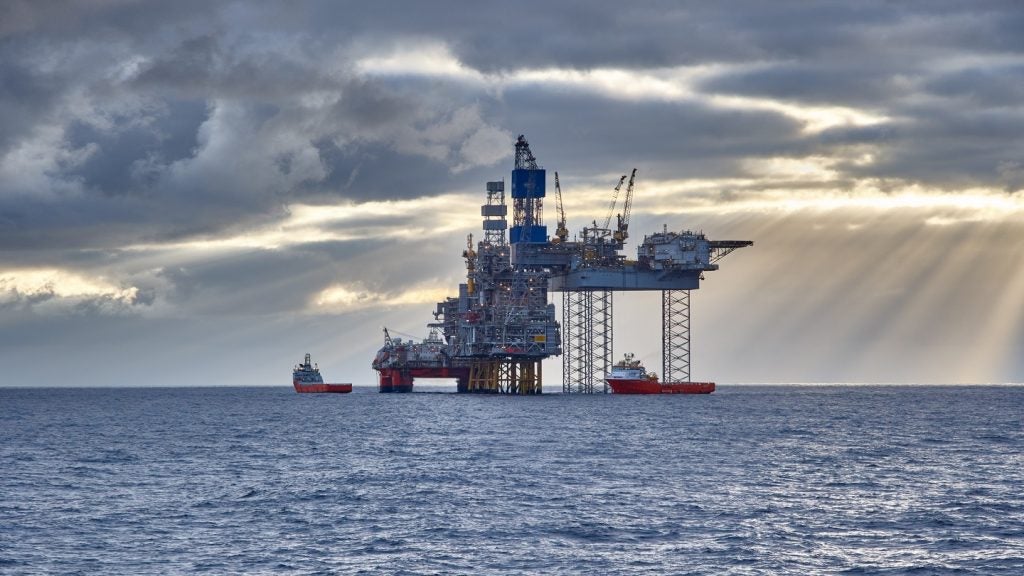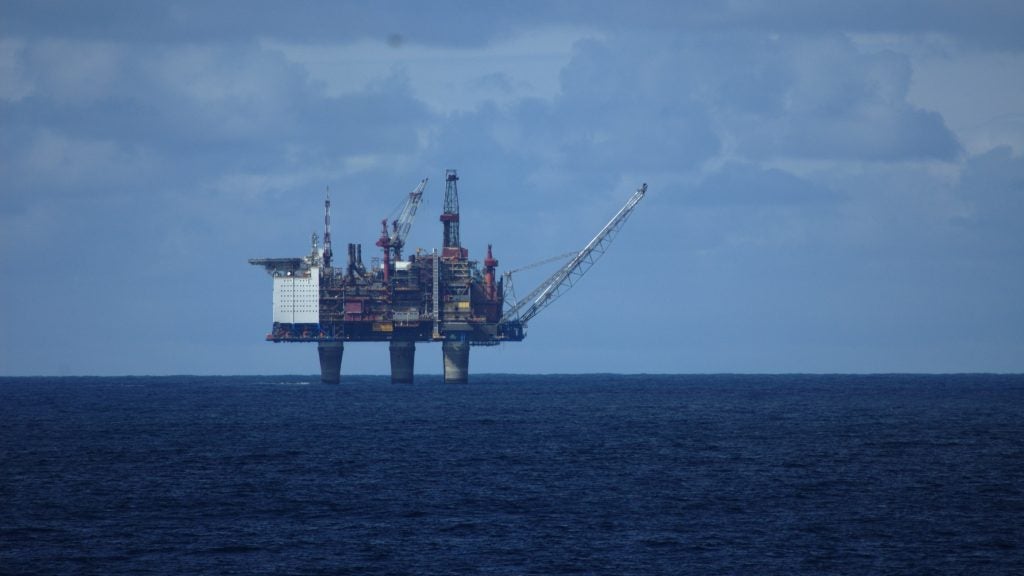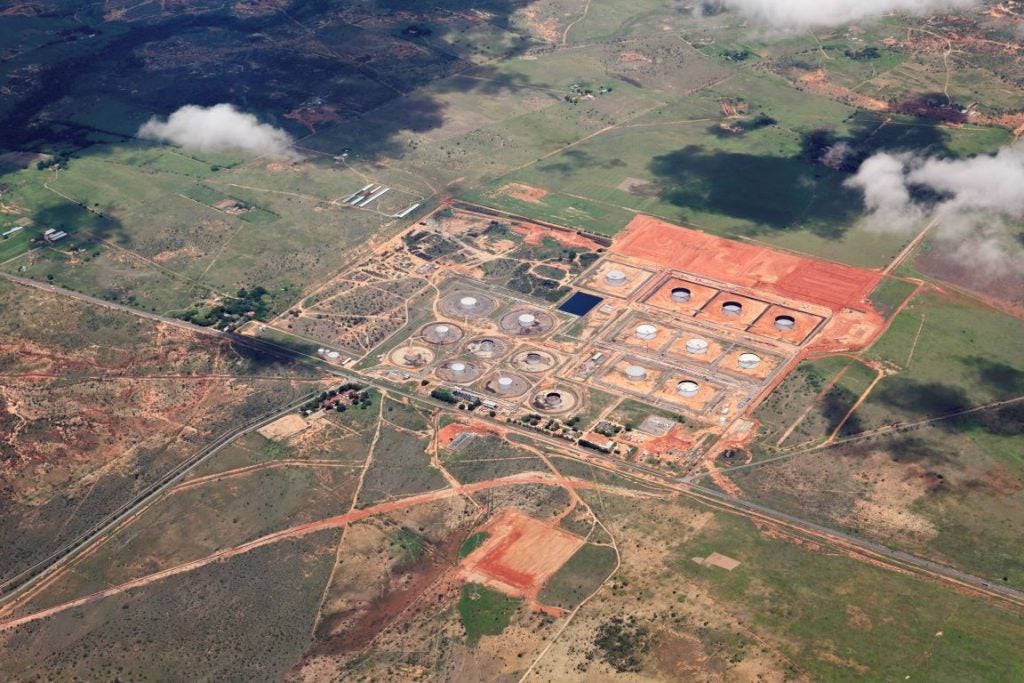
Saudi Arabia’s oil and gas production was halved following drone attacks on two major energy facilities owned by oil and gas company Saudi Aramco.
The attacks at the Abqaiq and Khurais plants at 04:00 on 14 September 2019 resulted in production suspension of about 5.7 million barrels of crude oil per day (MMbopd), about 5% of daily global production.
The Abqaiq facility is the site of Saudi Aramco’s largest oil-processing plant, processing upwards of 7MMbopd. The Khurais oil field produces about 1.5MMbopd and holds an estimated 20 billion barrels of oil.
Oil prices increased dramatically following the attacks, with Brent crude futures rising by 19.5% and US West Texas Intermediate (WTI) futures rising by 15.5%.
Saudi Aramco president and CEO Amin H. Nasser said: “We are gratified that there were no injuries. I would like to thank all teams that responded timely to the incidents and brought the situation under control.
“Work is underway to restore production and a progress update will be provided in around 48 hours.”
Yemeni rebel group Houthi claimed responsibility for the attacks, with a Houthi spokesperson telling news agency Al Masirah that further attacks could be expected in the future.
However, US secretary of state Mike Pompeo attributed the attacks to Iran, with US officials providing intelligence suggesting the attacks originated from Iraq or Iran rather than from Yemen.
Satellite images provided to @CBSNews by a US official show 19 points of impact damaging 17 structures at the Abqaiq facility and 2 at the Khurais facility on the west-northwest side of the targets, which would be inconsistent with an attack from Yemen to the south. pic.twitter.com/yXa65dTXpp
— Sara Cook (@saraecook) September 16, 2019
Pompeo had previously attributed attacks on oil tankers in the Strait of Hormuz in June 2019 and attacks on tankers near the UAE and Gulf of Oman in May 2019 to Iran. In response to the most recent attack, US President Donald Trump tweeted that the US was “locked and loaded depending on verification,” suggesting possible military action depending on Saudi Arabia’s response.
Tehran is behind nearly 100 attacks on Saudi Arabia while Rouhani and Zarif pretend to engage in diplomacy. Amid all the calls for de-escalation, Iran has now launched an unprecedented attack on the world’s energy supply. There is no evidence the attacks came from Yemen.
— Secretary Pompeo (@SecPompeo) September 14, 2019
Tensions between Iran and the West have heightened recently, following Iran’s breach of low-enriched uranium stockpile limits in July 2019.
These tensions were compounded by an attempt by three Iranian vessels to impede the passage of a British tanker in July 2019 and the seizure of a tanker suspected to be carrying Iranian oil to Syria by UK commandos offshore Gibraltar earlier in July 2019.








